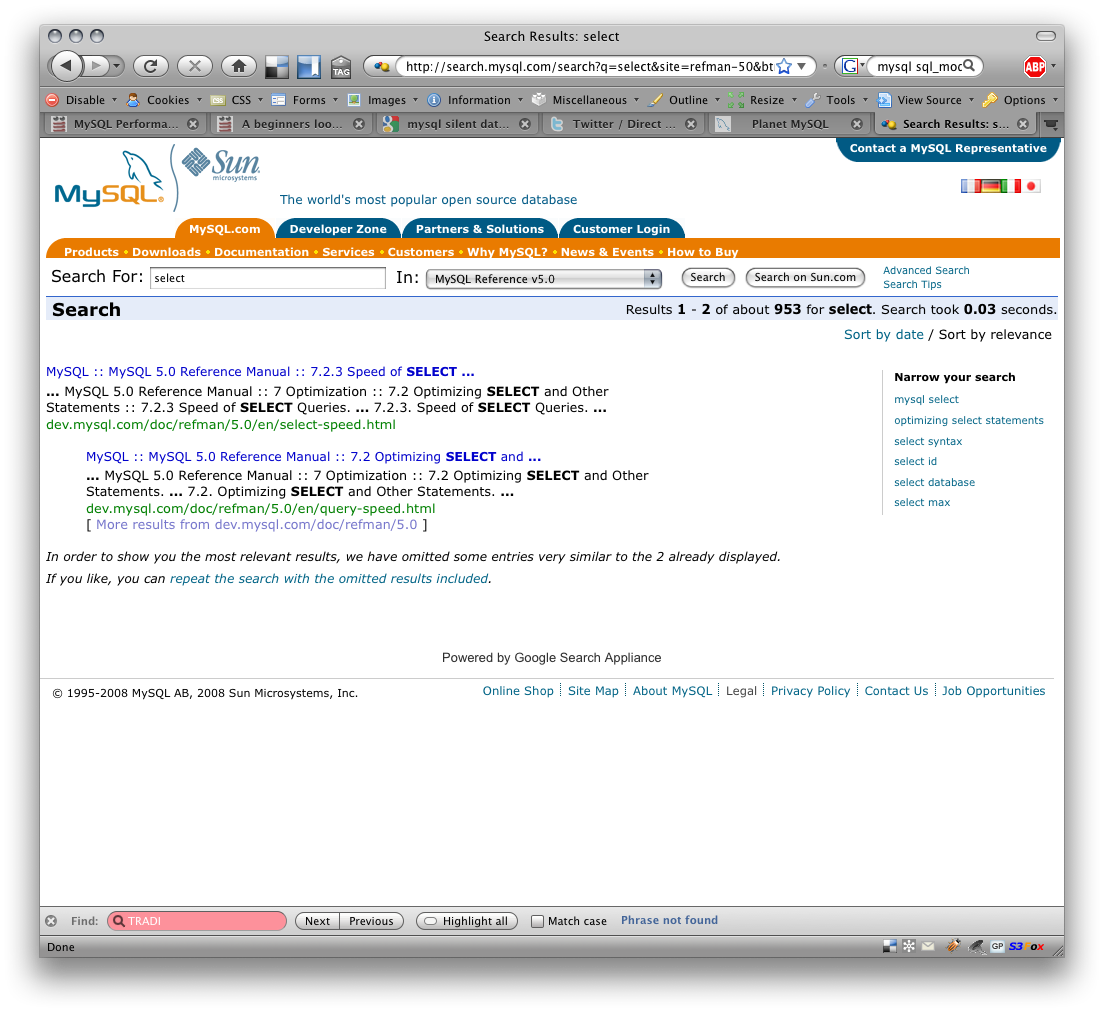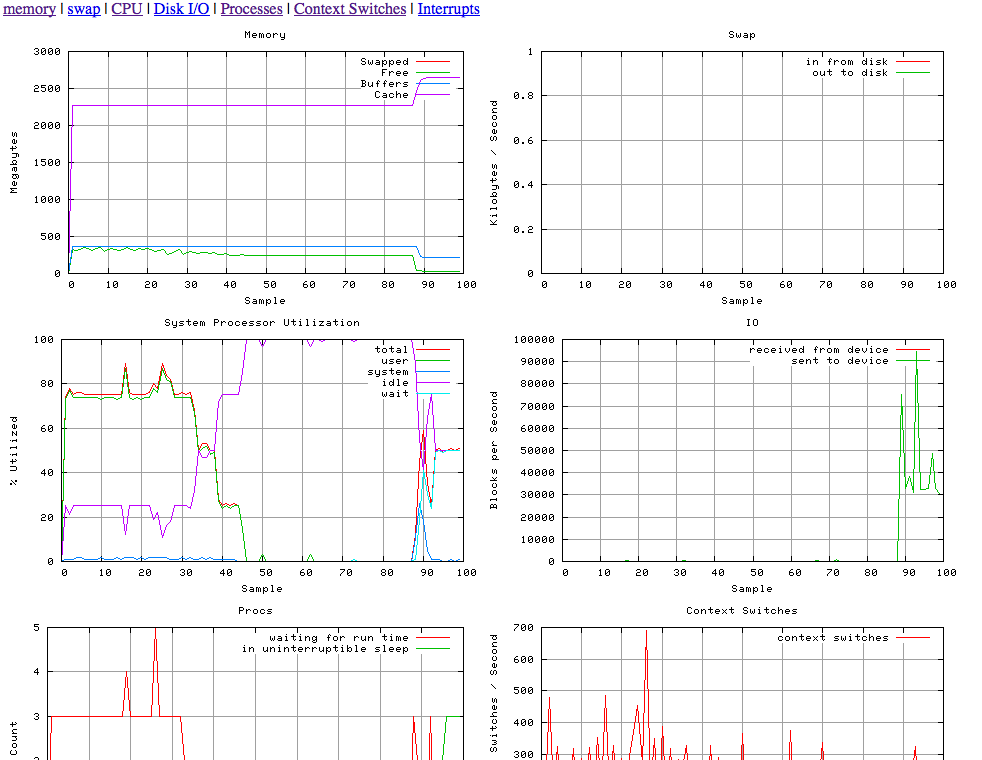My final presentation during the 2009 MySQL Conference and Expo week was with the Percona Performance Conference on the topic of The Ideal Performance Architecture. My talk included discussions on Technology, Disk, Memory, Indexes, SQL and Data.
Updated 09/18/09
you can now see video of the event at Percona TV.



 Percona is a major player in providing services to the MySQL eco-system, the failure to include Percona speakers such as
Percona is a major player in providing services to the MySQL eco-system, the failure to include Percona speakers such as 
